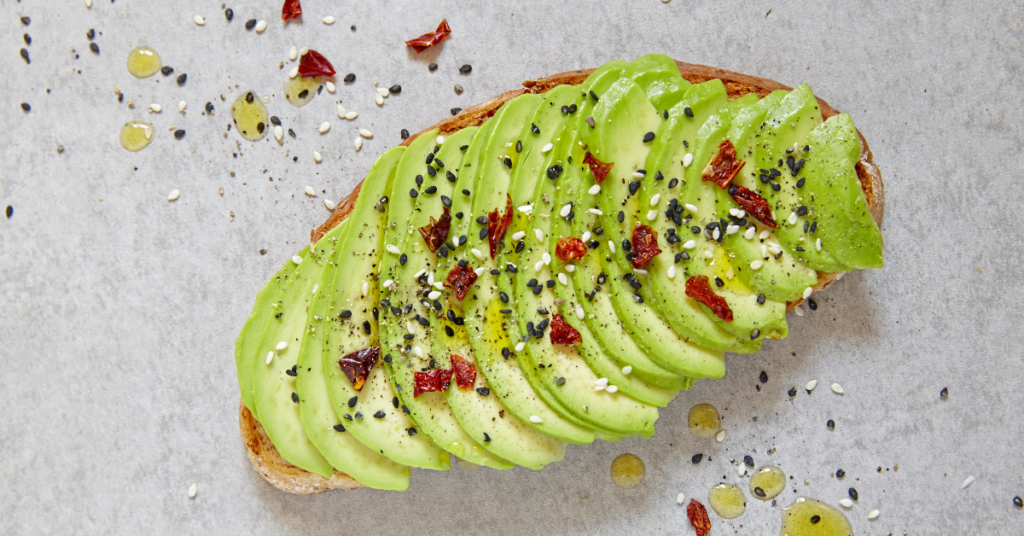Article at a Glance:
- True health extends beyond appearance and is defined by function, vitality, and mental well-being.
- The pursuit of an idealized body image can negatively impact overall health and internal markers.
Health is the ultimate goal — the key to vitality, resilience, and longevity — because without it, we wouldn’t be able to enjoy our lives. Yet, in today’s world, health and fitness have become dangerously entangled with appearance. We’ve been taught to believe that being healthy means having a lean body, visible abs, and a physique worthy of being on a magazine cover.
But what happens when our pursuit of health becomes nothing more than an illusion; when it’s no longer about well-being, but about looking the part? In a world consumed with vanity, we’ve convinced ourselves that health equals aesthetics, when in reality, true health is far more than skin deep.
The Hidden Cost of Chasing Aesthetics
I have been chasing health my whole life, not because I have faced any significant challenges, but because I thought that if I were healthy, I would inevitably look a certain way. I believed the pinnacle of health was reflected in a body that was lean with abs and large muscles. It wasn’t until I achieved these that I realized this idealized body image was not benefiting my health but, in fact, taking it away.
It’s a hard pill to swallow, especially because I followed the same basic advice we’re all given when we want to get healthy: eat less and move more. I put this into motion by eating in a caloric deficit and lifting weights. It worked. I successfully achieved single digit body fat, with a body worthy of being on the cover of a magazine.
This earned me respect among my peers, so I continued the process I found success with and maintained my physique for years. But that respect came at a cost. Despite my admirable appearance, I couldn’t sleep. My body was sending me its first clear message that what I was doing wasn’t working toward the benefit of health. As a personal trainer, I consciously understood and even educated other people on the importance of sleep, but my own cognitive dissonance and ego got the best of me.
I felt good about my appearance, and the validation it brought, so I pressed on with the belief that what I looked like was the ultimate representation of health. However, my body was telling a different story.
It wasn’t until I decided to get bloodwork done that I found out the toll optimal aesthetics was having on my body. I was shocked to learn that I had low testosterone, high cholesterol, and abnormal blood sugar levels. It was a wake-up call: the body I thought was healthy didn’t align with the reality uncovered by my test results.
That experience made me rethink the entire idea of how we perceive and achieve health. What we see as “healthy” on the outside — lean, muscular — doesn’t always align with what’s happening inside. It made me realize that the health and fitness industry’s focus on appearance and idealized body image had become a mask for true health.
Emblematic of this veiled attempt at wellness is the recent rise in popularity of certain pharmaceutical “solutions” to weight loss, namely, the family of GLP-1 agonists. While these interventions can and do assist in weight loss, their use is often an effort to sidestep the fundamental lifestyle changes necessary to achieve and sustain health, thereby creating an illusion of wellness.
These products are generally framed as health aids, yet their primary appeal lies in their ability to deliver an aesthetically pleasing appearance, rather than genuine well-being. This became evident in my conversations with some of my clients — many of whom are not overweight at all, even by my standards — who sought out these interventions not for their health benefits but to meet a socially accepted beauty standard while telling themselves it’s about health.
The unfortunate reality is that, much like my relentless pursuit of an aesthetically pleasing physique came at the expense of my health, these weight loss “solutions” can come with their own set of consequences, which include muscle loss1 (which can contribute to osteopenia – a condition characterized by lower than normal bone mineral density), along with pancreatic complications2, stomach paralysis3, and even malnutrition4. None of this is meant to scare you away from any decision you decide to make, but to empower you with the knowledge to make an educated choice when asked:
If improving your health meant letting go of the body image you’ve been chasing, would you still go after it?
This is an important question you probably never thought to ask. It challenges us to examine if our health pursuits are genuinely about wellness or just a facade for vanity. And, if you hesitated to let go, you’re not alone.
We’re constantly exposed to curated images of idealized bodies, conditioning us to accept what we see as a standard of health. It’s a narrative that has successfully blurred the lines between what’s truly healthy and what’s simply about looking good. It’s a trap that many of us, including myself, have fallen into.
Perhaps it’s so easy to get lost chasing the idea of health by getting caught in the web of aesthetics because health itself has no universally agreed-upon definition. This lack of clarity allows for confusion and manipulation. Even the World Health Organization (WHO) defines health broadly as ‘a state of complete physical, mental, and social well-being, not just the absence of disease.’ But what does that really mean in practice?
If an organization tasked with global health can’t offer a simple, direct understanding of health, then here’s my attempt to clarify.
Health is:
- When your body moves and functions efficiently.
- When emotional and psychological well-being are in harmony.
- When you have the confidence to live life on your terms.
- When you’re free from the constraints of disease and discomfort.
Health is ultimately about having the freedom to live the life you want — one where your body supports vitality, resilience, and longevity without being confined to an unrealistic, narrow standard.
With this understanding, the key to true health begins when you shift the focus away from vanity and toward wellness. This means valuing how you feel, how your body functions, and how you live your life, not exclusively how you look in the mirror. It’s about reframing what health means, recognizing that true health isn’t (literally) defined by six-pack abs or a chiseled physique. It’s about strength, functionality, endurance, and a sense of well-being that allows us to walk through life with confidence to meet any challenges that lie ahead.
Practical Steps to Shift from Vanity to Wellness
To make this shift, we need to reassess our approach to health and the metrics we use to measure it. Too often, we gauge health by aesthetics rather than by function, vitality, and resilience. Shifting away from vanity-driven fitness requires a new perspective, one that prioritizes how we feel, move, and live rather than how we look. Here are some practical questions to ask yourself today to refocus on genuine well-being:
- Do you feel energized rather than sluggish after meals? The quality of food you eat should provide sustained energy, not leave you fatigued.
- Are you able to easily fall asleep, stay asleep, and wake up refreshed? Sleep is the foundation of health and without it, everything suffers.
- Does anxiety rule your daily emotions? Chronic stress and anxiety are signs of imbalance, often overlooked in health assessments.
- Do you have consistent, easy-to-pass bowel movements? Gut health is central to overall well-being and often ignored in mainstream fitness.
- Do strong smells like perfumes or cleaners impact how you feel? Sensitivities to chemicals can indicate deeper metabolic or immune issues.
- Can you move through daily life with ease? Your body should have the strength and mobility to support your life, not be limited by pain or stiffness.
- Do you have people you can truly and lovingly be honest with? Social well-being and emotional connection are vital to overall health.
LiveComplete Takeaways
- Health is a lifelong journey, not just a look.
- Shift from chasing appearance to prioritizing how your body feels and functions.
- True well-being comes from strength, resilience, and vitality — not aesthetics.
True health isn’t about fitting an ideal aesthetic, it’s about feeling strong, moving with ease, and cultivating resilience in both body and mind. It requires us to step away from superficial societal ideals and prioritize function, vitality, and longevity.
The real challenge is shifting our mindset, to stop chasing validation through appearance and instead seek fulfillment in how we live, move, and feel. When we remove the illusion that health is about appearance and instead focus on function and sustainability, we reclaim our autonomy and take ownership of our well-being.
What steps will you take today to embrace health?
Sources
- Prado, C. M., Phillips, S. M., M Cristina Gonzalez, & Heymsfield, S. B. (2024). Muscle matters: the effects of medically induced weight loss on skeletal muscle. The Lancet Diabetes & Endocrinology. https://doi.org/10.1016/s2213-8587(24)00272-9
- Sodhi, M., Rezaeianzadeh, R., Kezouh, A., & Etminan, M. (2023). Risk of Gastrointestinal Adverse Events Associated with Glucagon-Like Peptide-1 Receptor Agonists for Weight Loss. JAMA, 330(18). https://doi.org/10.1001/jama.2023.19574
- Ibid.
- Despain, D., & Hoffman, B. L. (2024). Optimizing nutrition, diet, and lifestyle communication in GLP-1 medication therapy for weight management: A qualitative research study with registered dietitians. Obesity pillars, 12, 100143. https://doi.org/10.1016/j.obpill.2024.100143



